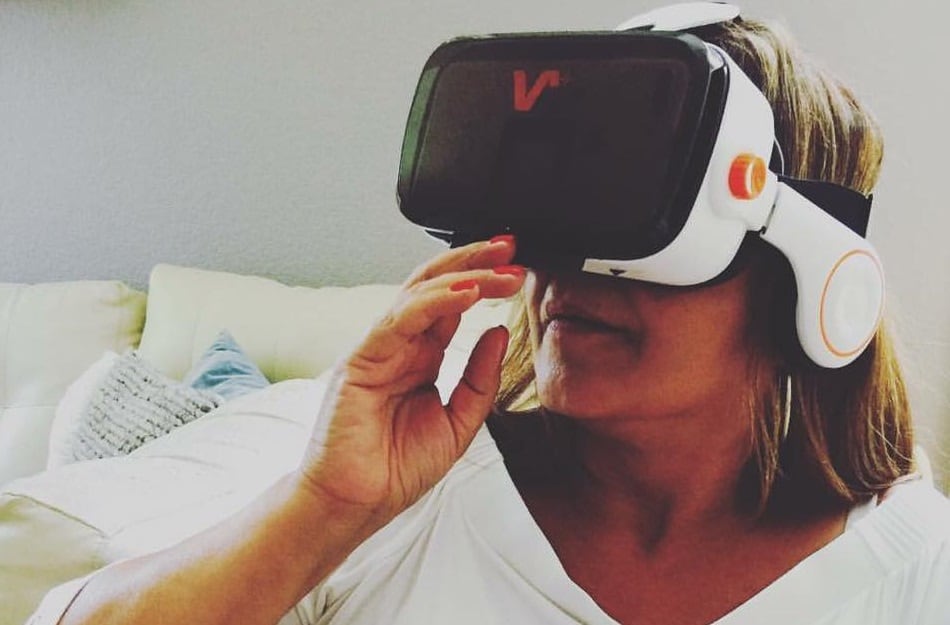A new virtual-reality system designed by a Navy spouse may ease the house-hunting burden for military families planning their next relocation ... or at least save them and their real-estate agents a few stops along the way.
In August, Lauren Taylor launched Savvy Homes Portal, a program that lets Realtors provide virtual tours for clients. The idea came when the San Diego-based Realtor found what she thought was the ideal home for a military family heading into the area — only the family hadn’t arrived yet.
“This is the perfect house,” she recalled telling them. “Would you be comfortable with me FaceTiming with you through this house?”
She offered a virtual tour via her cellphone, but limitations soon became clear. The two-dimensional picture offered a less-than-immersive experience, but still took up a lot of bandwidth. It also required the prospective buyers to crowd around the same screen at the same time — multi-person conference calls didn’t work, and she couldn’t live-stream a tour from San Diego to a military couple in Europe or Asia without serious scheduling gymnastics.
So Taylor, whose business is 80 percent military relocation, came up with the VR portal process:
- The real-estate agent uses a phone-mounted 360-degree camera to record a tour of the property.
- The agent uploads the tour to a server that can be accessed via any standard web interface.
- The client receives VR goggles in the mail and can watch the tour on demand.
“It’s game-changing,” said Travis Winfield, a 24-year Navy veteran whose San Diego real estate group has used Taylor’s system to help about 50 clients. “It allows you to actually get as close to being there as you can without having to be there.”
Winfield said he wished the technology existed in 2009, when he flew from Italy to California, alone, to purchase a house. The retired command senior chief called it “the most nerve-wracking, time-consuming process that I ever experienced.”
NARROWING THE FIELD
Winfield said some clients have purchased homes they’ve never seen in person, but were able to view virtually. Cassandra Rowley, a former sailor who’s now a Realtor in the Seattle area, said the goggles were just as useful for those who wanted to see homes in person before making a purchase.
“It’s practical in the sense that [permanent change-of-station movers will say], ‘You mean I don’t have to spend my whole weekend looking for houses?’“ Rowley said. “Especially if they’re coming in from out of town, they’re PCS-ing and they have one weekend of house-hunting leave, or something, and they’re trying to cram in 15, 30 houses in a weekend. That’s just not practical … especially if they have kids in tow. And it’s exhausting for me.”
Rowley said she’s worked on her VR-tour narration, leaving out Realtor jargon and focusing on honest assessments of the homes on the market. Her ability to serve as a guide on the videos gives insights that online listings can’t — or, in some cases, don’t want to.
“The listing photos, the photographer works for the seller,” Rowley said. “They’re not going to show the freeway running through the back yard. You can’t smell the smoke from 30 years of smoking in the house. It’s those kind of dynamics, those kind of intuitions, that are absent from listing photos.”

With those facts available in advance, whirlwind weekend PCS home visits can drop from a dozen houses to seven or less, giving families more time to evaluate prospective properties.
Taylor said early response to the technology “has been phenomenal” among the military community. Families planning future PCS moves can inquire with prospective Realtors about the availability of the VR system; some list the feature on their websites.
Kevin Lilley is the features editor of Military Times.




